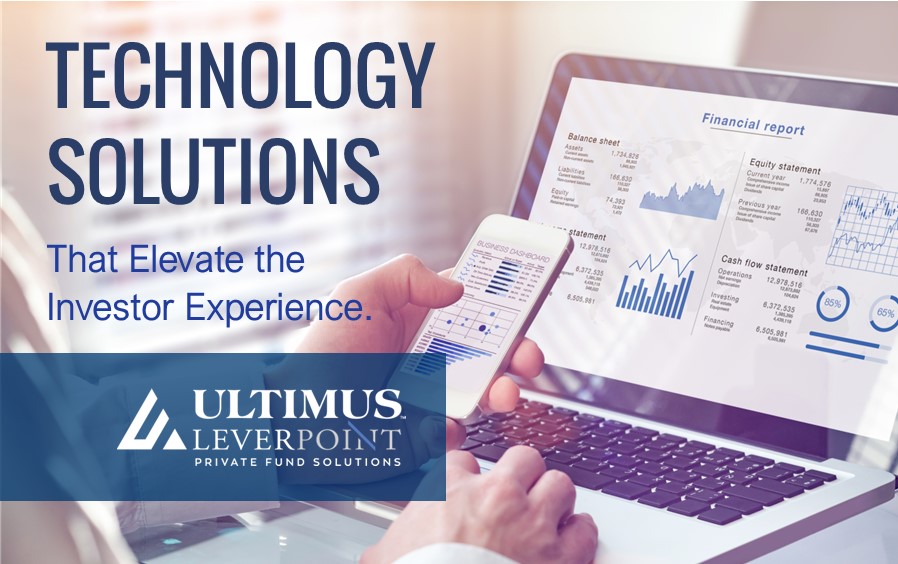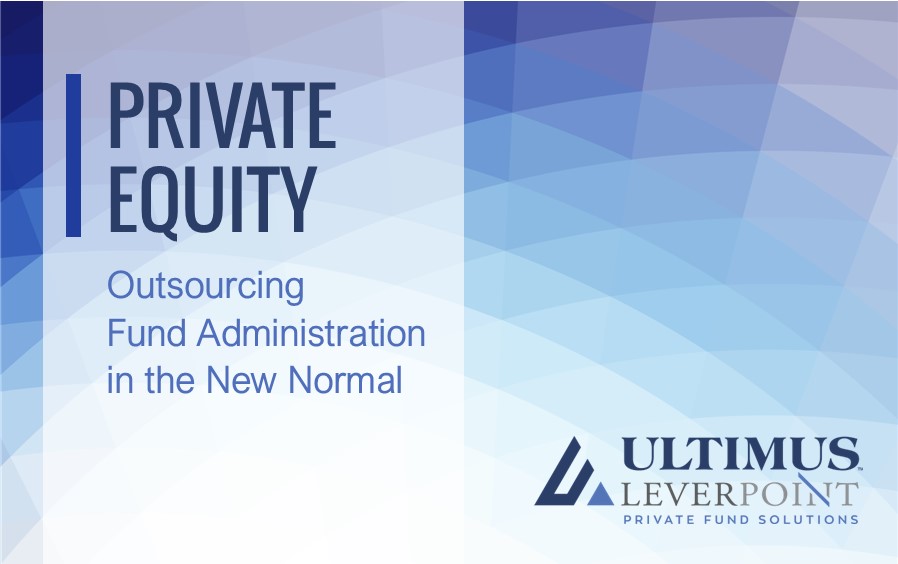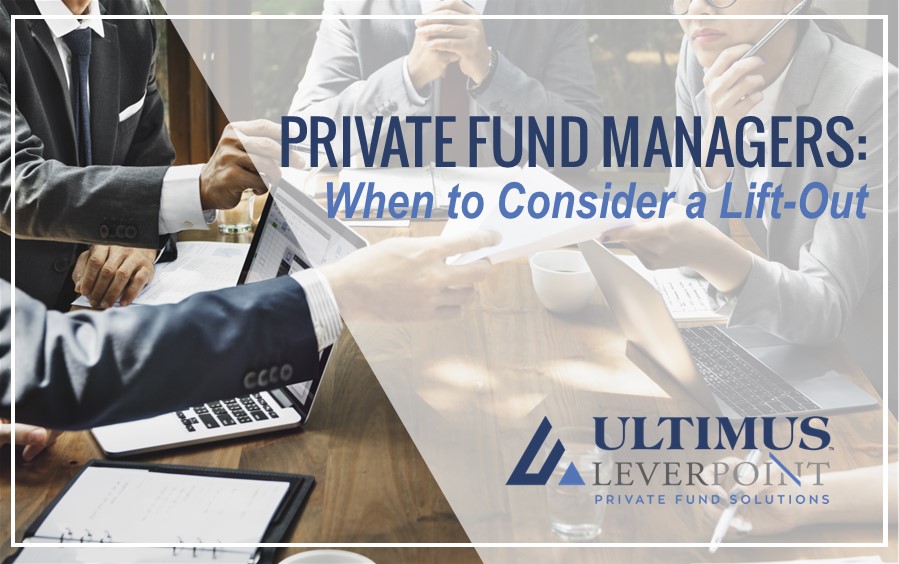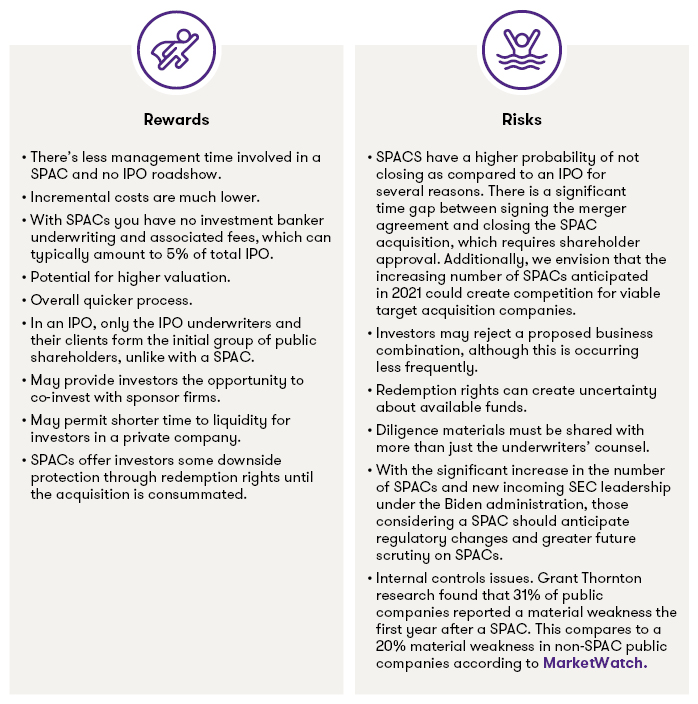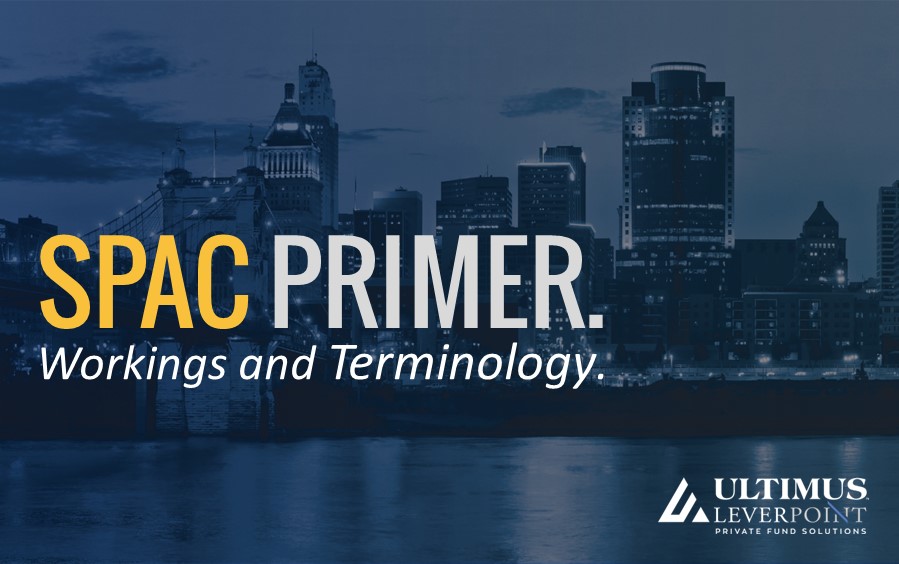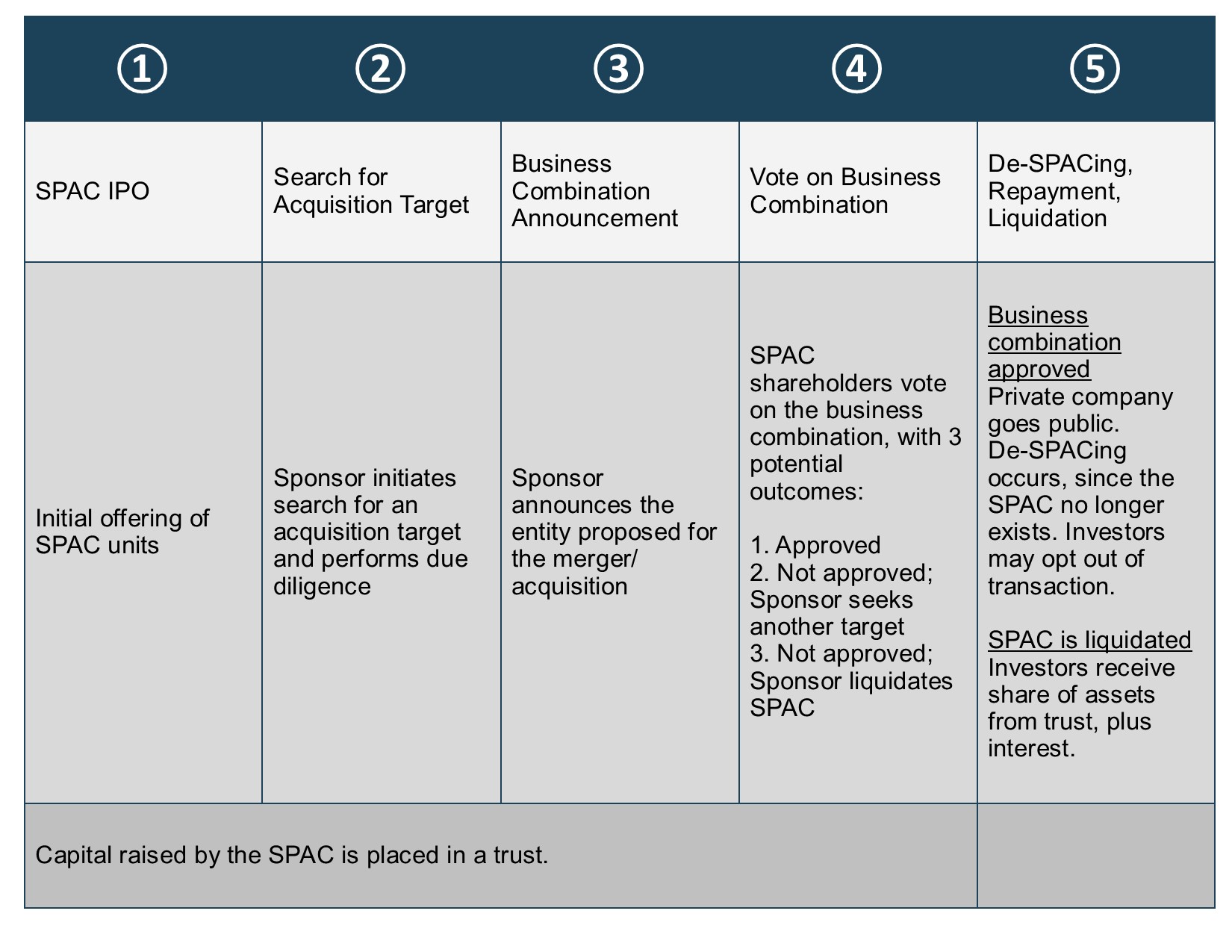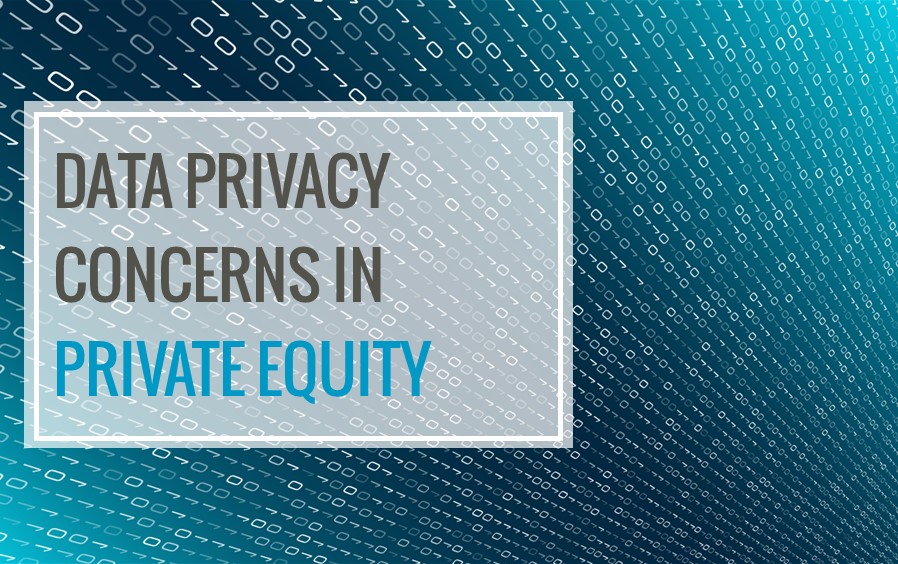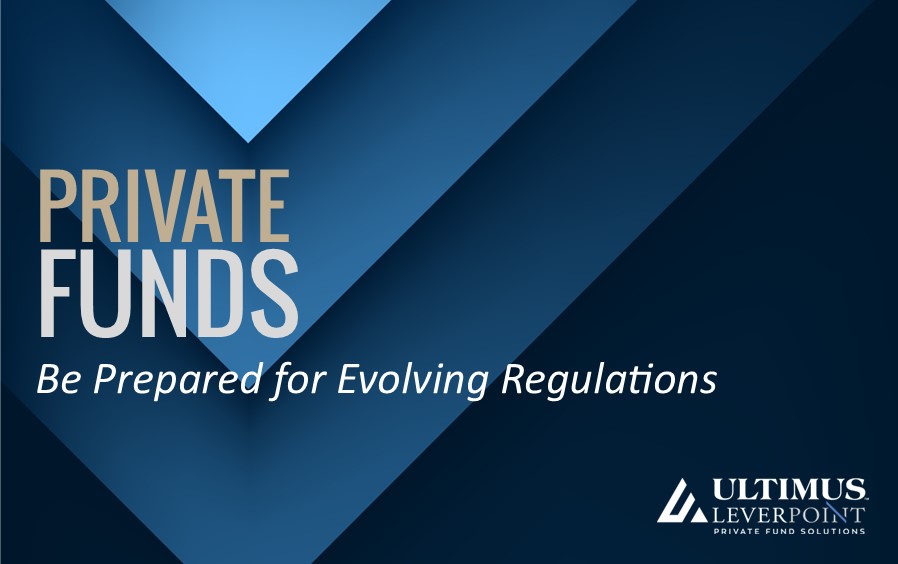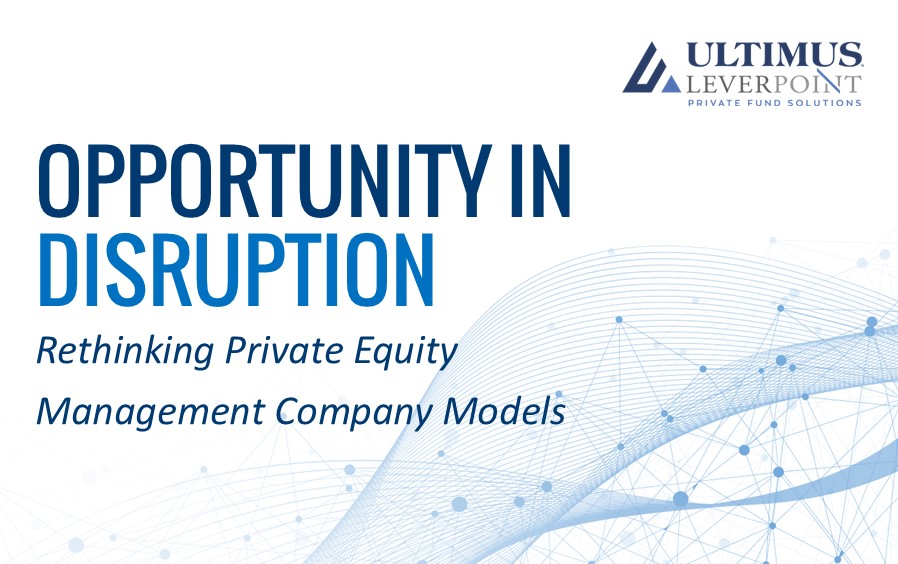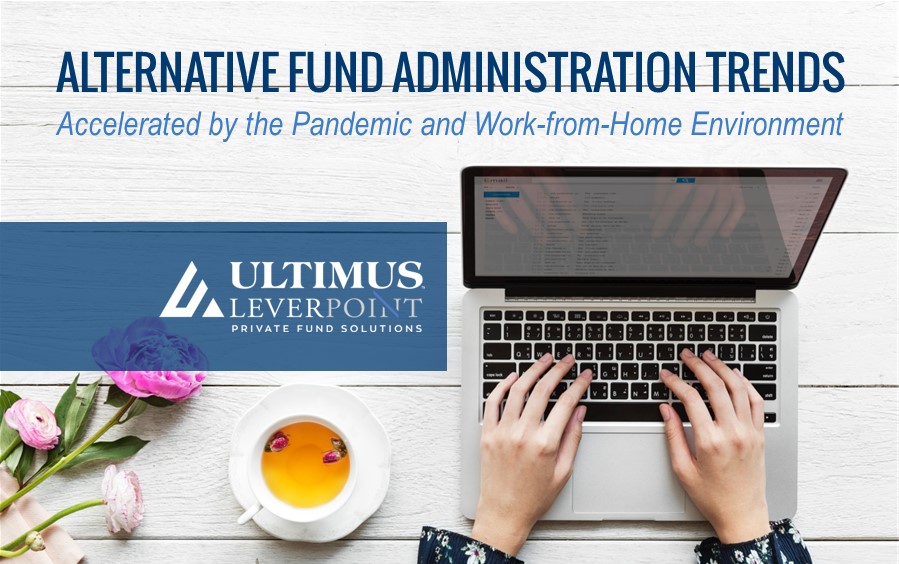Trends in Private Equity and Fund Administration
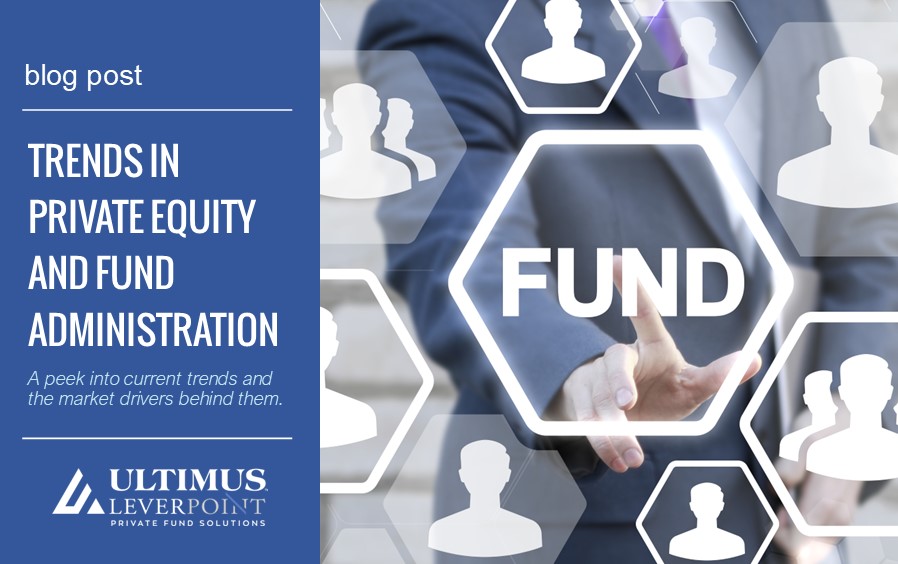
A peek into current trends and the market drivers behind them.
As a private equity fund administrator with hundreds of alternative fund firm relationships, Ultimus LeverPoint has a bird’s eye view of trends happening in the marketplace. In this article, we share four visible trends and the market drivers behind them.
- The push for technology
- Hybrid funds
- Credit facilitation moving down market
- Lean start-ups
The Push for Technology
The Trend.
GPs and LPs alike are demanding direct access to real-time fund information, all within an easy to use yet fully secure platform. Portals for fund managers and investors have become the norm. Documents are digitized. Straight-through subscription processing, long the holy grail, is now easing the burden on GPs, LPs, and fund administrators.
What’s Behind the Trend.
Tech companies are flowing into the industry, and service providers, including Ultimus, are aggressively developing technology solutions to meet fund administration demands. For example, Ultimus LeverPoint, which has long provided portal solutions for GPs and their LPs, recently debuted uINVESTOR, a platform that provides straight-through processing and digital signatures for the private equity subscription process.
Considerations for Fund Managers.
Forward-leaning fund technology has the potential to give GPs an edge. Digital platforms like uINVESTOR, which automates the private fund subscription process, bring an artificial intelligence-guided experience to LPs and real-time tracking and transparency to fund managers.
Hybrid Funds: The Convergence of Public and Private Equity
The Trend.
The line between private equity funds and hedge funds continues to blur. Whereas private equity funds were once considered exclusively closed-end, illiquid structures with specific ramp up and ramp down periods, today, some managers are exploring open-ended structures that offer limited liquidity to investors. Hedge funds, once characterized by their liquid investments, are continuing to explore more illiquid instruments to their portfolios.
What’s Behind the Trend.
Investors are looking for more liquidity and flexibility in their private fund investments than in the past.
Considerations for Fund Managers.
Both start-up and established GPs are exploring various fund structures as they seek to expand appeal to institutional and high net worth investors. Managers benefit from an experienced fund administrator, like Ultimus LeverPoint, that understands the servicing requirements of hybrid funds and has the sophisticated technology to support them.
Credit Facilitation Moving Down Market
The Trend.
Increased competition for private equity deals – and the need for speed to close a deal – has shone a light on the importance of credit facilities. We are seeing an uptick in credit facilitation not just in large firms but in the middle markets as well.
What’s Behind the Trend.
Following the pandemic-induced dip in deal flow and size in April and May of 2020, the private equity market showed its resilience. Along with the strong rebound of deals came an increase in the number of private equity firms and funds. Competition rose for private equity deals; access to fast capital became critical.
Considerations for Fund Managers.
Credit facilities have proven their value in the private equity world, allowing managers to move more quickly than the traditional capital call process. Ultimus LeverPoint stands ready to make introductions on behalf of managers looking for banking relationships to support credit facility needs.
Shifts in Outsourcing
The Trend.
We are seeing more and more established private equity firms beginning to shift to outsourcing most, if not all, of their operational functions. This includes outsourcing traditional functions, like fund administration, audit, and tax, but also less frequently outsourced roles, like chief financial officer and chief compliance officer.
What’s Behind the Trend.
With the increase in private equity funds, and heightened competition for investor capital, speed to launch matters. GPs are transitioning to the turn-key approach offered via an outsourcing strategy. By using established, high-quality providers, investors experience reassurance quicker during the due diligence process.
Considerations for Fund Managers.
Outsourcing operational functions is an effective option for both well-established firms and startups. As an established private fund administrator with extensive relationships, Ultimus LeverPoint is well-positioned to help first-time GPs round-out their outsourced infrastructure and assist existing firms scale up as they grow.
Stay Current with the Latest Trends
Ultimus LeverPoint Private Fund Solutions provides fund administration solutions to more than 235 firms and services over $150B in AUA. With clients ranging from start-up to long-established and in a range of sizes, we often see trends in their nascent stages. We use the advantage of this cross-market knowledge as we partner with clients to navigate and capitalize on trends.
14273848 ULP 01/13/2022
